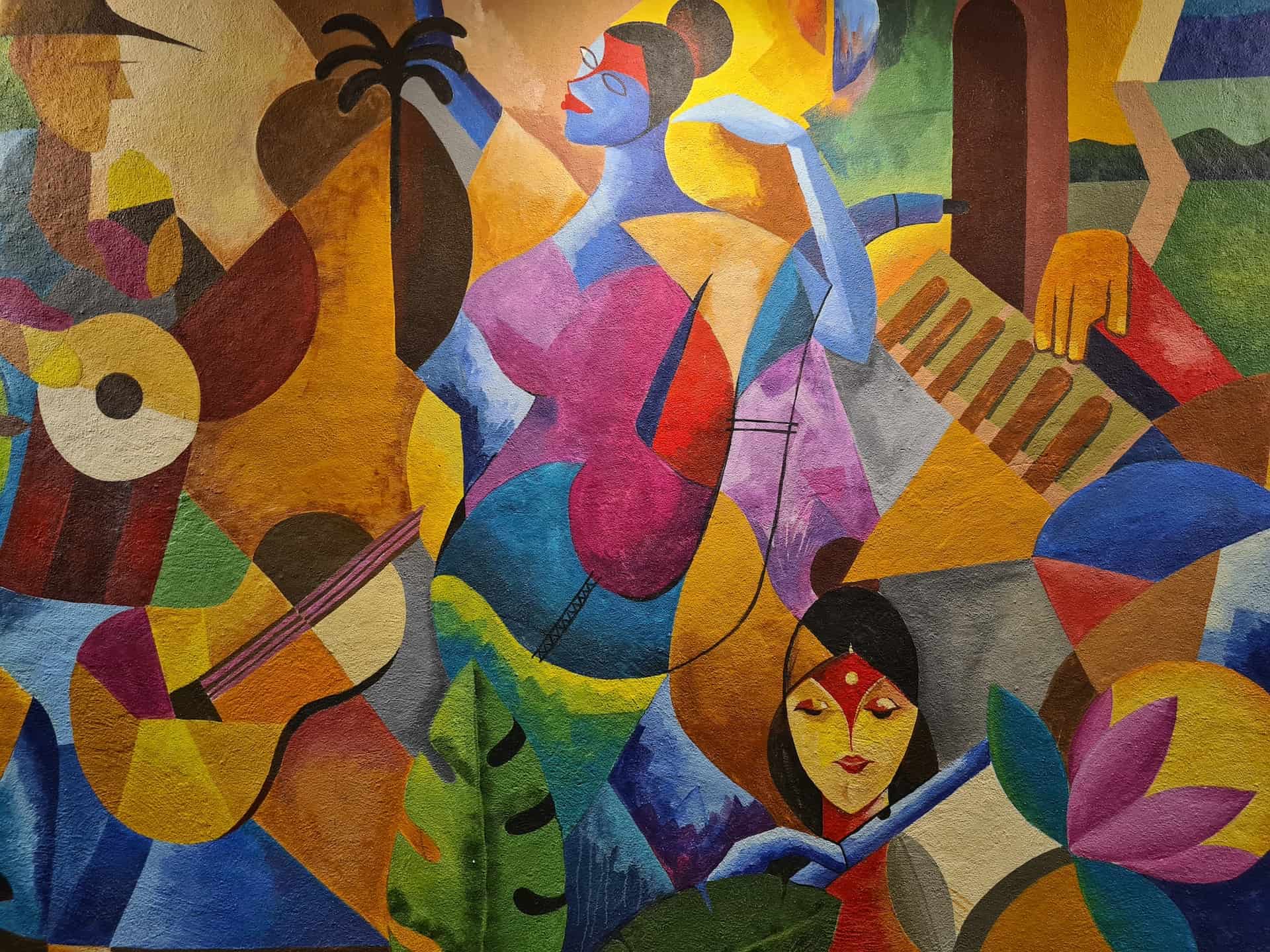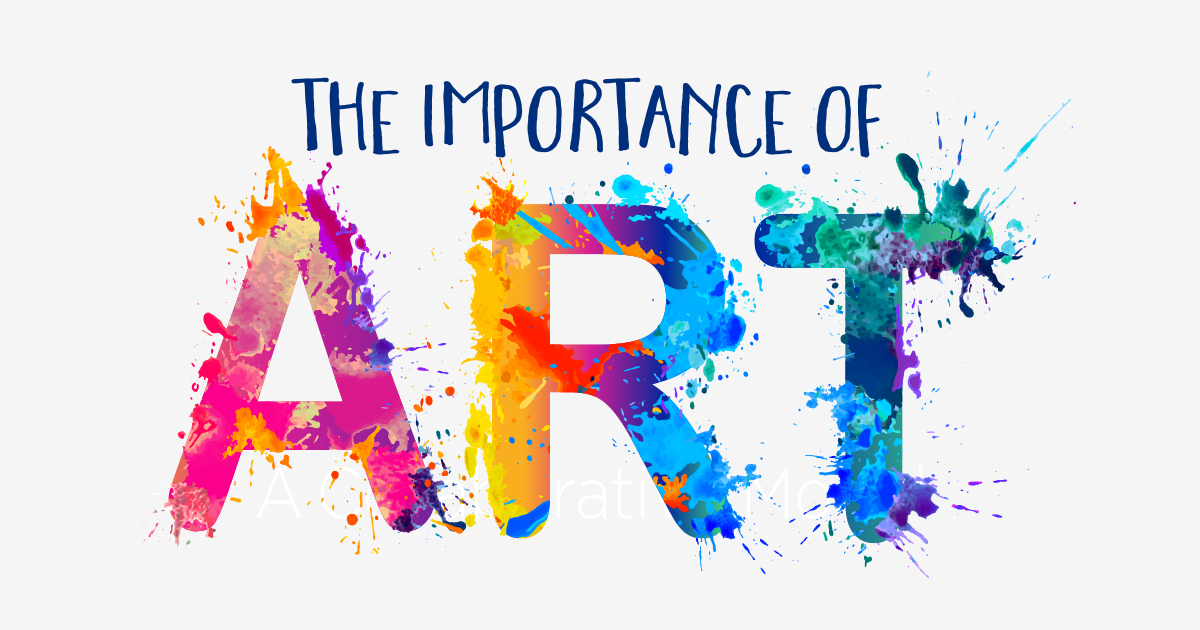Delving Into the Diverse Globe of Artistic Expression: From Surrealism to Abstract Realism
In the world of imaginative expression, from the dreamlike landscapes of surrealism to the elaborate play of light and kind in abstract realism, musicians have continually pushed the borders of creativity and creative imagination. As we check out the multifaceted globe of art, we are presented with a tapestry of designs, techniques, and philosophies that challenge our understanding and prompt contemplation.
Surrealism: Releasing the Subconscious
Surrealism, a progressive artistic activity of the 20th century, looked into the midsts of the subconscious, introducing a world of dream-like images and unconventional juxtapositions. Led by artists like Salvador Dali, René Magritte, and Joan Miró, Surrealism sought to challenge the traditional methods of recognizing and seeing art. Via strategies such as automatism and desire evaluation, Surrealist musicians aimed to take advantage of the subconscious mind to expose covert truths and desires.
One of the key elements of Surrealism was the emphasis on the irrational and the extraordinary. By incorporating unanticipated aspects in their works, Surrealist artists intended to produce a sense of disorientation and surprise in the viewer. This disruption of reasoning and factor was indicated to provoke a deeper expedition of the subconscious and the enigmas of the human mind.
Abstract Realism: Redefining Perception
Testing typical imaginative limits, Abstract Realism redefines perception via the combination of identifiable elements with abstract kinds. This cutting-edge technique to art integrates the representational precision of realism with the creative liberty of abstraction, using audiences a special visual experience that prompts them to question their assumption of fact.
In Abstract Realistic look, musicians aim to capture the significance of their topics while additionally instilling their work with a sense of depth and complexity via abstract aspects. By blending the accustomed to the strange, these musicians welcome target markets to engage with their items on several levels, encouraging them to discover the nuances of form, color, and appearance.

Cubism: Fragmenting Reality
Making use of geometric types and fragmented point of views, Cubism changed the imaginative representation of fact in the very early 20th century. This approach not just deconstructed reality yet additionally emphasized the flatness of the canvas, leading the way for future abstract art motions.

Cubism can be classified right into 2 major stages: Analytical Cubism, identified by single color design and detailed, fragmented kinds; and Artificial Cubism, which integrated collection aspects and brighter colors into the compositions. Through these distinct stages, Cubism affected not only paint however likewise layout, design, and sculpture. trump art. Its effect reverberated across the art world, motivating musicians to check out new ways of analyzing and standing for the globe around them
Expressionism: Feelings on Canvas
Exploring the midsts of human feelings via meaningful and brilliant brushstrokes, Expressionism emerged as an extensive creative motion in the early 20th century. Unlike previous art movements that concentrated on portraying the exterior world, Expressionism explored the inner realm of the musician's psyche, aiming to stimulate raw emotions and prompt visceral feedbacks from customers.
Expressionist artists, such as Edvard Munch, Egon Schiele, and Emil Nolde, rejected typical notions of elegance and realism in support of distorting type and shade to communicate subjective feelings. The usage of exaggerated brushwork, strong shades, and distorted numbers assisted create a feeling of unease, alienation, or enthusiasm in their jobs.
One of one of the most famous instances of Expressionism is Munch's "The Scream," which records the intense anxiousness and despair of contemporary life with its swirling, altered figure against a blood-red skies. Through their mentally charged more info here works, Expressionist musicians sought to test traditional imaginative standards and provide a window right into the turbulent depths of the human heart.
Contemporary Art: Progressing Point Of Views

Among the defining qualities of modern art is its consistent evolution and capability to adjust to altering cultural landscapes. Artists are increasingly integrating modern technology into their method, obscuring the lines in between the physical and electronic worlds. This blend of tools permits for innovative ways of storytelling and engaging with audiences in a more interactive manner.
Furthermore, contemporary art commonly acts as a system for social discourse, attending to pushing problems such as identity, politics, and the atmosphere. Artists are using their job to trigger vital discussions and prompt thought, shedding light on the intricacies of the globe we reside in. As point of views remain to develop, contemporary art remains a significant and vibrant force in shaping our social landscape.
Verdict
Finally, the globe of creative expression encompasses a variety of movements and styles, each with its very own special method to conveying definition and feeling. From surrealism's exploration of the subconscious to abstract realism's redefining of perception, and from cubism's fragmentation of reality to expressionism's representation of feelings, art remains to develop and test viewpoints - trump art. Contemporary art shows the ever-changing world we live in, supplying new click to find out more ways to analyze and comprehend the complexities of our fact
As we check out the complex world of art, we are offered with a tapestry of styles, techniques, and ideologies that test our understanding and provoke reflection. Its effect resounded across the art globe, inspiring artists to check out new methods of translating and representing the globe around them.
